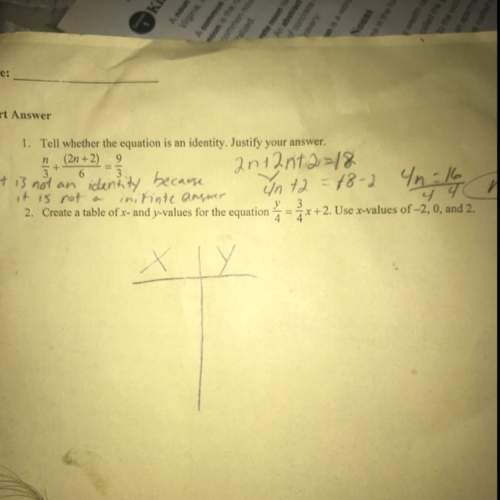
I) find the poles of the continuous time third order normalized butterworth low pass filter and derive the transfer function. (5+5-10 points) approximate this continuous time filter with a digital filter using a) impulse invariance method b) step invariance method c) finite difference design-backward difference d) finite difference design-forward difference e) bilinear method f) matched z-transform g) direct substitution 1) use fs 1000 samples per second for each design from (a) to (g), find the transfer function, poles and zeros of each digital filter, and plot the frequency response over the range-4π < ω < 4π

Answers: 2
Another question on Physics

Physics, 21.06.2019 17:00
The density of a substance is 4.0 g/cm3. if a sample of the substance has a volume of 25 cm3 then what is the mass
Answers: 1

Physics, 21.06.2019 22:00
Explain what makes a passenger in a turning car slide toward the door. critical thinking
Answers: 1

Physics, 22.06.2019 15:10
When electrons are added to the outermost shell of a carbon atom, it forms--an anion that has a larger anion that has a smaller cation that has a larger cation that has a smaller radius.
Answers: 3

Physics, 22.06.2019 16:40
Beryl states that insulation with the smallest possible thermal conductivity is best to keep a house warm in winter, but worst for keeping a house cool in summer. sapphire insists the reverse is true: low thermal conductivity is good in the summer, but bad in the winter. which one, if either is correct? a. beryl, because low thermal conductivity results in low heat transfer. b. beryl, because low thermal conductivity results in high heat transfer. d. sapphire, because low thermal conductivity results in high heat transfer. e. neither, because low heat transfer is desirable both in summer and in winter.
Answers: 2
You know the right answer?
I) find the poles of the continuous time third order normalized butterworth low pass filter and deri...
Questions

Computers and Technology, 11.03.2020 12:24



Mathematics, 11.03.2020 12:28


Physics, 11.03.2020 12:28

Mathematics, 11.03.2020 12:29



Chemistry, 11.03.2020 12:29





Biology, 11.03.2020 12:37


Mathematics, 11.03.2020 12:40

Chemistry, 11.03.2020 12:44


English, 11.03.2020 12:45




